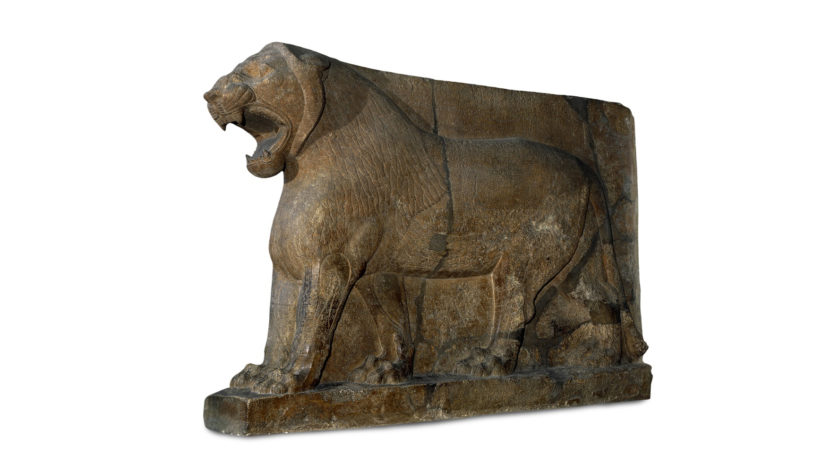
Throughout centuries, humans have established societies, civilizations and empires. These civilizations have long perished but they are still remembered and studied in present times with the help of the structures they built. But these structures cannot be preserved forever. Due to the natural course of time and other many man-made and natural disasters, we have seen the destruction of our heritage which has long been our window to the past.
This problem of how to preserve our heritage has always puzzled experts, but it seems we have finally found a solution to this inevitable problem. Experts are now using 3D printing technology to preserve age-old structures and thus securing the collection, storage and passing-on of knowledge to the next generation.
How 3D Printing Can Be Used by Archaeologists & Museums
By utilizing techniques like 3D scanning and photogrammetry, archaeologists and museums can utilize 3D printing technology to its advantage in many unique ways.
Replicating a Historical Artifact
3D Scanning can be used to create life-size 3D models of existing artifacts that can be 3D printed. These replicas of historical items can be added to museums’ collections, giving the public full access to relics that would otherwise be impossible to display.
Such models can be easily made available to students who can get more insights into the item by getting hands on with objects without fear of damaging the original piece. These interactions can help increase students’ curiosity and can serve as a unique learning experience.
Repairing Damaged Art
If any existing piece of ancient art is damaged or broken, a 3D printer can easily be used to repair the damaged artifact. Even if a work of art is missing a tiny piece, that bit can be seamlessly recreated and replaced. By utilizing 3D scanning, designing and printing, art that was previously destroyed can be restored to its original form.
Preserving Entire Archaeological Sites
3D Printing is not just limited to printing smaller objects; it can be used to recreate an entire archaeological site. By scanning entire structures one by one, these sites can be recreated as a digital CAD model. From there, the CAD model can then be turned into a physical print.
This can give researchers the opportunity to see these sites up close, even iff the original sites are located on the other side of the world.
Real-World Examples
Now that we understand the intersection between 3D printing and archeology (and even the process to 3D print an archaeological relic), let’s take a look at some real-world applications of this process.
Lion of Mosul

Source: Google Arts and Culture
One of the most recent and popular examples of 3D printing and archeology coming together is in the case of Lion of Mosul.
The Lion of Mosul was a 3000-year old colossal Assyrian guardian lion who stood at the entrance of the Temple of Ishtar in Nimrud, Iraq. It was destroyed during the razing of Baghdad’s Mosul Museum by ISIS.
The project was initiated by two Ph.D. students who saw ISIS’s destruction and set out to digitally preserve cultural artifacts. These students launched ‘Rekrei’ and decided to recreate the ancient artifact.
Using crowdsourced images of the work, they utilized photogrammetry to render the 3D model of the statue. This 3D model was then printed to reproduce a life-size replica of the Lion of Mosul. This 3D printed model can now be seen at the Imperial War Museum in London. Visitors can even play around with the 3D model and zoom in to study intricate details.
Recreating Mummies
Mummies have always fascinated scientists and researchers but unfortunately, many mummies have been damaged over time. That damage has led to more restricted access to these ancient mummies, but now with the help of 3D printing, Egyptologists can easily recreate these mummies and study them as much as they want. A simple 3D scanning procedure creates a digital CAD model that can be used to 3D print the mummies.
Scientists at the National Museum in Rio de Janeiro have successfully used this technology to recreate mummies. Notably, they’ve even been able to recreate a mummified cat, which was once used as an offering to a God.
A similar use case was also recorded at Harvard’s Semitic Museum in 2012 where they recreated a missing piece from a ceramic lion using a 3D printer. It was able to scan a complete lion that was on loan from another museum to fill in the missing piece on its own.
3D Printing has helped researchers carry out their research without actually handling and disturbing the ancient artifacts, thereby preserving the heritage of our ancestors. As the technology improves, so will our ability to preserve history even more efficiently.

